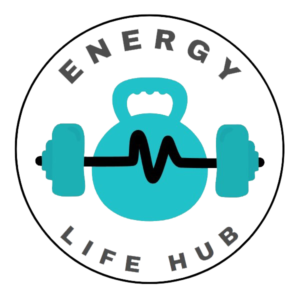Embarking on a fitness journey is an investment in your health and well-being. To make the most out of your workouts and achieve your fitness goals efficiently, it’s crucial to implement expert tips and proven strategies. In this comprehensive guide, we’ll explore a variety of techniques to help you maximize your workout results and progress towards a stronger, fitter you.
Set Clear and Realistic Goals
Before diving into your workout routine, take the time to establish clear and achievable goals. Whether you aim to lose weight, build muscle, improve endurance, or enhance overall health, setting specific and measurable objectives will provide you with direction and motivation.
SMART Goal Setting
Utilize the SMART criteria—specific, measurable, attainable, relevant, and time-bound—to frame your fitness goals effectively. For example, instead of saying “I want to lose weight,” a SMART goal could be “I aim to lose 10 pounds in the next three months by exercising five times a week and following a balanced diet.”
Diversify Your Workouts

Variety is key to preventing boredom, stimulating muscle growth, and avoiding plateaus in your fitness journey. Incorporate a mix of cardiovascular exercise, strength training, flexibility work, and functional movements into your routine.
Cardiovascular Exercise
Engage in activities such as running, cycling, swimming, or dancing to improve heart health, burn calories, and boost endurance. Aim for at least 150 minutes of moderate-intensity cardio or 75 minutes of vigorous-intensity cardio per week, as recommended by health guidelines.
Strength Training
Integrate resistance training exercises such as weightlifting, bodyweight exercises, or resistance band workouts to build lean muscle mass, increase strength, and rev up your metabolism. Focus on compound movements that target multiple muscle groups simultaneously.
Optimize Nutrition and Hydration
Proper nutrition is essential for fueling your workouts, supporting muscle recovery, and achieving optimal performance. Prioritize whole, nutrient-dense foods and stay hydrated to maximize your exercise benefits.
Pre-Workout Fuel
Consume a balanced meal or snack containing carbohydrates, proteins, and healthy fats about 1-2 hours before your workout to provide sustained energy and enhance performance. Examples include whole grain toast with nut butter, Greek yogurt with fruit, or a turkey and avocado wrap.
Post-Workout Recovery
Refuel your body with a combination of carbohydrates and protein within 30 minutes to an hour after your workout to replenish glycogen stores and support muscle repair and growth. Opt for options like a protein shake, chocolate milk, or a turkey and vegetable quinoa bowl.
Listen to Your Body and Rest
Pay attention to your body’s signals and incorporate rest and recovery into your routine. Overtraining can lead to burnout, injury, and hindered progress. Ensure you’re getting adequate sleep, allowing for active recovery days, and scheduling regular rest periods.
Quality Sleep
Prioritize 7-9 hours of quality sleep per night to support muscle recovery, hormone regulation, and overall well-being. Create a relaxing bedtime routine, minimize screen time before bed, and optimize your sleep environment for restorative rest.
Active Recovery
On active recovery days, engage in low-intensity activities such as walking, yoga, or stretching to promote blood flow, reduce muscle soreness, and enhance mobility. These activities can help accelerate recovery and prepare your body for upcoming workouts.
Track Your Progress and Adjust Accordingly
Keep a workout journal, utilize fitness apps, or use wearable devices to track your progress and monitor changes in strength, endurance, and body composition. Use this data to adjust your workouts, nutrition, and recovery strategies as needed to keep progressing towards your goals.
By implementing these expert tips and proven strategies, you can maximize your workout results, stay motivated, and achieve lasting success on your fitness journey.









